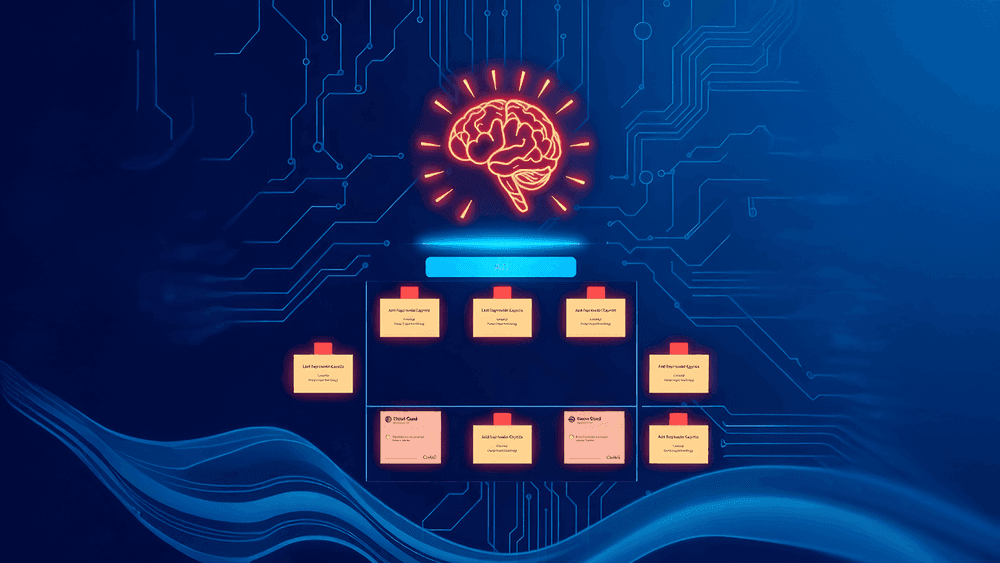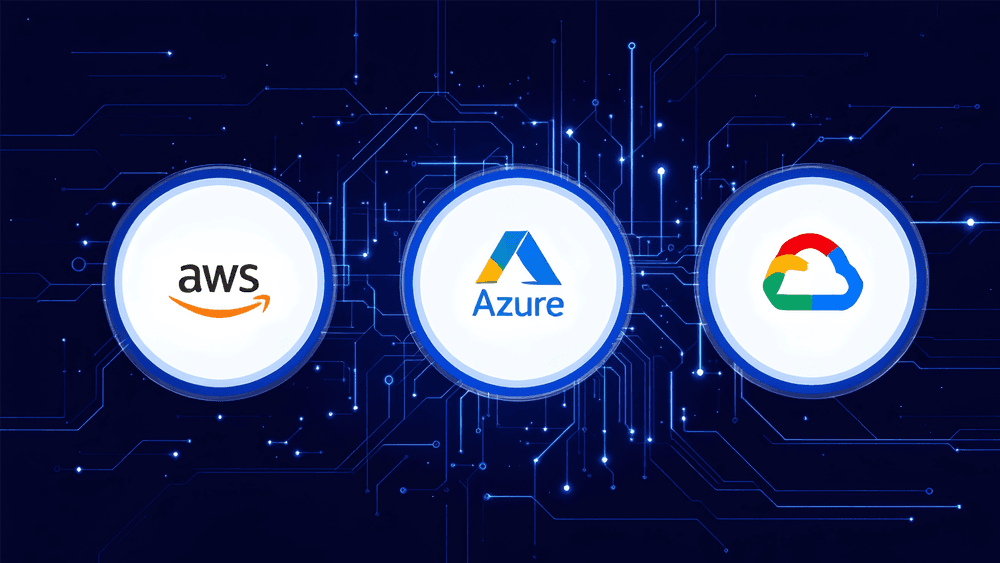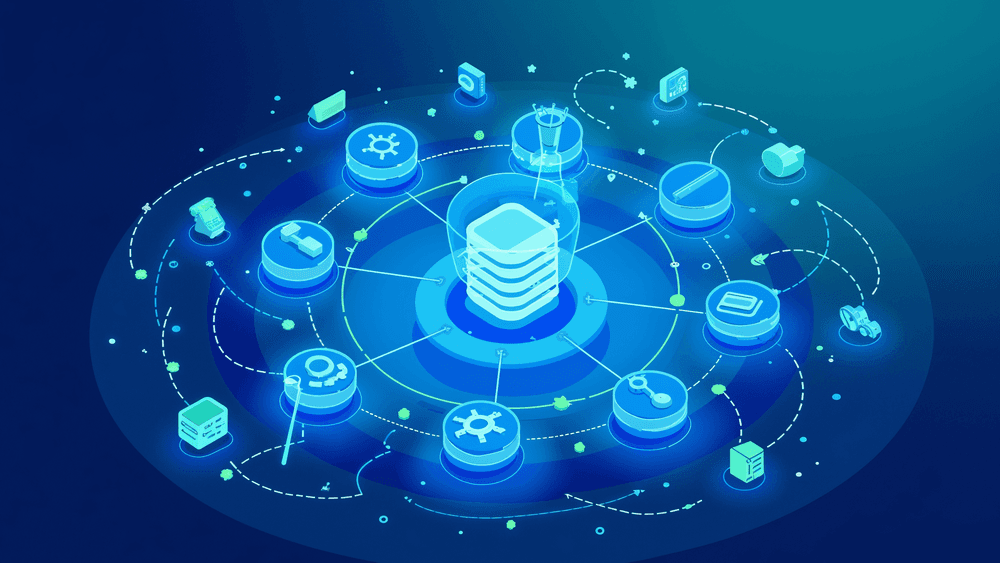Introduction
Imagine a world where AI is not only smart but has also carved a niche for itself by having its own nationality. Isn’t it sound like science fiction, right? No one can deny that now AI has become gradually integral to our lives in many facets. There is a great hullabaloo within governments and organizations that are racing to develop their own AI systems. But how does this matter for our global digital landscape? Let’s welcome the era of sovereign AI! Will sovereign AI lead to a fragmented digital world?
As AI technologies sweep across the globe, restructuring everything from how we work, and how we enjoy, to how we play, there’s one term that's creating noise: Sovereign AI. To become independent of foreign intervention and control, it’s an idea where countries construct their own AI ecosystems. Think of it as each nation is gunning for its own AI "bastion," secure, regulated, and personalized to its unique ethics and laws. But here’s the kicker: while Sovereign AI guarantees the privacy of data and national security, fear is looming that it may also pave the way for a fragmented digital world. So, let’s dive into what the buzz is about sovereign AI, why nations and enterprises are embracing it, and whether it’s really taking us toward a divided digital landscape.
What is sovereign AI?
Let's understand what sovereign AI really means before jumping into potential fragmentation. Sovereign AI is an artificial intelligence system that’s developed, managed, controlled, and operated within the boundaries of a specific nation by adhering to local laws and ethical considerations. It’s like an indigenous AI that aligns with a country's specific laws, values, and privacy standards. Why would a country need this? For critical technology—especially one that has access to sensitive data, depending on another nation for critical technology—can feel a bit dicey and unsafe. In the current scenario around the world where data is considered as new OIL, countries want to keep that power close.
Countries like the European Union, the United States, and China have already focused their sights on developing their own AI infrastructures. For example, the EU, through regulations of the GDPR emphasizes data privacy and protection, making it clear that they won’t leave any stone unturned on user privacy for innovation’s sake.

Why are Countries Embracing Sovereign AI?
It’s cool to figure out why Sovereign AI is so appealing. Here are a few reasons why governments are jumping on this bandwagon:
01.
Data Privacy and Security
Countries would have complete control over these precious gems (data) where they are stored and processed, reducing the risk of cyber thieves and surveillance from foreign entities. This means that within national borders, sensitive government, business, and personal data stay safe.
02.
Economic Independence
Building an indigenous homegrown AI ecosystem supports national industries and talent that creates room for job opportunities. It allows local players to innovate and grow by ensuring that local companies aren’t completely dependent on foreign AI giants.
03.
Cultural Preservation
AI systems reflect the significances and biases of their creators and are not value neutral. By evolving their own AI, countries can ensure and preserve cultural values that are maintained and represented, rather than adopting those embedded in AI from other nations.
04.
Geopolitical Power
Tech sovereignty means power in the age of digital influence. Countries can maintain control over digital infrastructure with the help of Sovereign AI, avoid dependency on foreign AI, and set the standards for the use of AI within their national jurisdiction.
Each of these motivations does make sense. But here things get tricky: we risk creating digital borders as real as physical ones since more countries move towards Sovereign AI.

Fragmentation: The Downside of Sovereign AI?
Picture this, you’re trying to make an overseas call, but it doesn’t connect to others because every country has its own phone system. Frustrating, right? Experts are worried that this is the kind of fragmentation that may take place in the digital world as a result of Sovereign AI. Here’s how:
05.
Interoperability Issues
When every nation shapes its own AI ecosystem, there’s a probability that these systems won’t be harmonious and compatible. This may create a perplexing scenario for global collaboration, as systems designed in one country might not "speak" to systems in another. For example, if data privacy and security regulations differ greatly, an EU-based company might face hurdles integrating its services with US-based software, and vice-versa.
06.
Inconsistent Standards and Regulations
Global companies will face difficulty in trying to comply with multiple (and possibly conflicting) regulations since each country enforces its own AI standards. This could slow down innovations, increase costs, and create uneven access to AI technologies. Imagine a global scenario where the latest advancements in AI are enjoyed by some countries, while others are left behind due to incompatible standards.
07.
Tech "Cold Wars"
With Sovereign AI, an “AI arms race can be envisaged” where countries put emphasis more on competing than collaborating. This could lead to a polarized tech landscape, akin to the internet divide we already notice between the “Great Firewall” in China and the open web in much of the rest of the world. In this scenario, depending on their country, companies and consumers would have immensely different experiences altogether.
08.
Limited Innovation and Collaboration
Innovation can suffer in a fragmented digital world as AI thrives on collaborative research and large data sets. We may lose the cross-border cooperation that drives swift progress when data and resources are locked within national borders. It may create a world where innovation is limited by geography and the flow of ideas, talent, and insights might be slowed down a bit.

So, Is a Fragmented Digital World Unavoidable?
Not inevitably! While Sovereign AI could lead to digital fragmentation, it’s not a predetermined conclusion. Here are the following few ways through which we could navigate this path:
09.
Global Standards for AI
As we have international standards for things like food safety and aviation, global standards for data protection, AI ethics, and interoperability can also be created. Agreeing on core principles by countries could help avoid a fractured AI ecosystem.
10.
Cross-Border Data Agreements
Countries could establish trusted data-sharing agreements rather than confining data within borders This would lead to the flow of data across borders safely, diminishing fragmentation while maintaining privacy.
11.
Open-Source AI
AI technology can be made more accessible and transparent by encouraging open-source AI projects. Global collaboration and innovation are fostered by encouraging Open-Source AI while giving countries control over how they adopt and adapt the technology.
12.
Regional Cooperation
While global consensus can be a tough nut to crack, however, regional alliances (such as the EU) can play a major role in such cooperation. It’s easier to establish shared standards, which could prevent further fragmentation when countries with similar values and laws work together.
Conclusion
The world of Sovereign AI is both exciting and complex. While letting countries protect their cultures, citizens, and economies, it also introduces the chance of a fragmented digital world. The reality is, that we’re standing at a crossroads: either we can go down a path where digital borders become as realistic as national ones, or we can explore ways to innovate and collaborate altogether.
The solution? A balance between sovereignty and global collaboration. We can enjoy the best of both worlds by encouraging open-source projects, establishing shared standards, and creating secure data-sharing practices. Sovereign AI can empower nations, but we must not lose sight of the bigger picture: an inclusive, connected, and innovative digital future for all.
So, what’s the crux- will Sovereign AI lead to a fragmented world? Possibly. But it doesn’t have to.
Let’s ensure that it’s a world where we all stay connected.

























